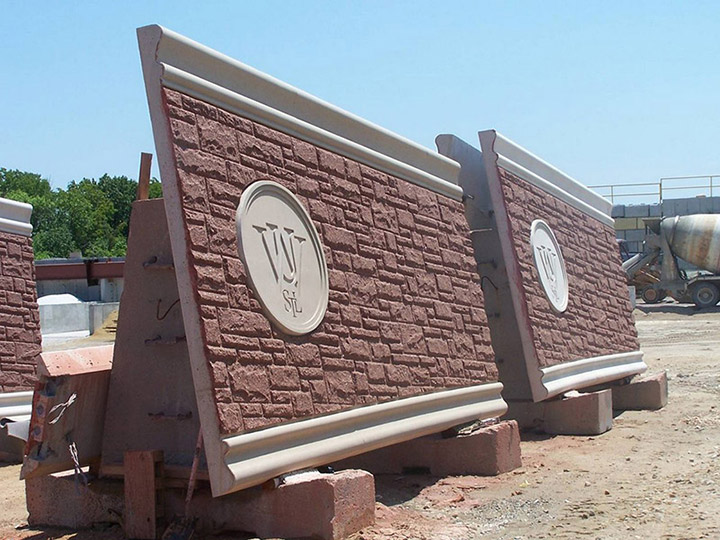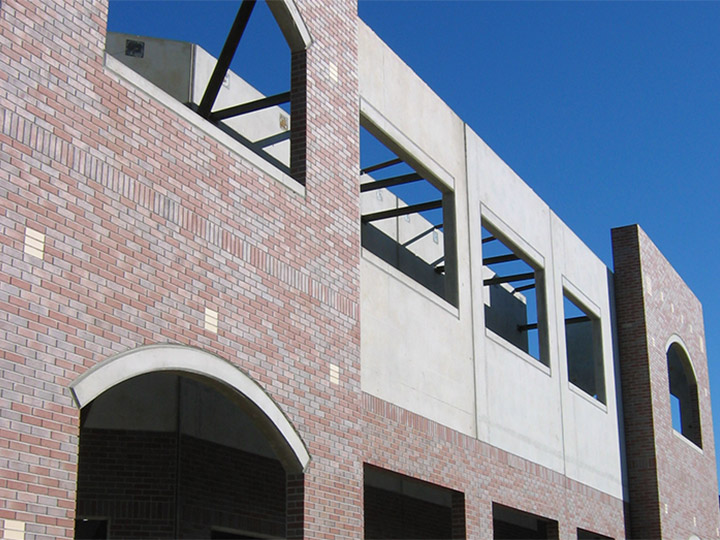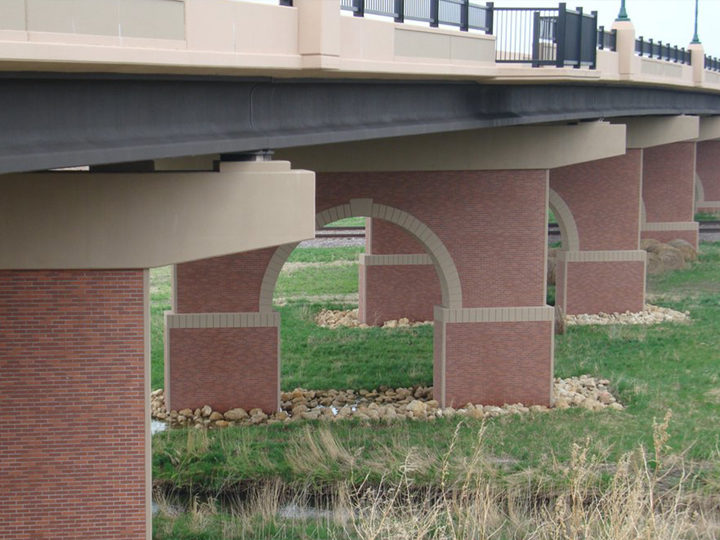Concrete is highly customizable.
It can take on almost any form or color and even has the ability to have a finish removed from a building completely, all to enhance the appearance and structural requirements of the composite material.
Composed of water, aggregate, and cement, concrete can be colored, stained, stamped, and polished, among other ways to create a customized product from the most commonly used manmade material on Earth.
Custom concrete can be architectural or decorative and can leave lasting impressions when done correctly, consistently, and fittingly.
Architectural Concrete vs. Decorative Concrete
Architectural concrete serves as a structural function, as well as improving the overall appearance of the building.
Becoming increasingly popular over the past few years, architectural concrete shows the composition and characteristics of the design. A variety of surfaces can be achieved through concrete formliners.
Whether it is a structure standing at breathtaking heights or one that withstands extreme conditions, architectural concrete is a modern solution for modern designs.
Decorative concrete is not usually structurally important. Rather, it refers to concrete flatwork or panels. While this concrete is enhanced with color or texture, it is not structurally significant.
Providing an aesthetic improvement to a structure, project stakeholders are given the chance to add an attractive element to the finished product. Stamped concrete and concrete dyes can be used in a variety of concrete applications, including retaining walls and bridges.
At Scott System, we provide several custom concrete construction solutions specifically tilt-up, precast, and cast-in-place applications.
Precast Concrete Formliners
Precast concrete is casted into a reusable mold that is then cured in a controlled environment for the specific amount of time needed prior to installation at the construction site.
Tilt-Up Concrete Formliners
Tilt-up construction is a great alternative to wood-frame construction and masonry construction, as both can be labor intensive, which typically means more time and money.
Cast-In-Place Concrete Formliners
Because of the strong walls and cost-effective building technology they result in, cast-in-place solutions are commonly recommended by Scott System for many different projects.


